How to Organize Your Fabric Scraps – Quilting Daily
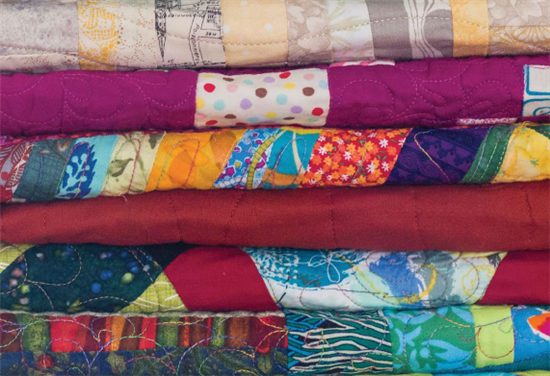
If you quilt, you have fabric scraps. Some people keep only the large ones, while others–particularly fabric collage artists–save every teensy piece. After all, you never know when you’re going to need that sparkly bit for a bird’s eye or the tip of a magic wand.
| Fabric scrap quilts from Every Last Piece, by Lynn Harris. |
Whatever the size of your scraps and volume of your scrap stash, eventually you have to deal with how to store them. Some people just throw them all in together.
But if you have a lot of scraps and use them often, you might want to take this advice from Lynn Harris, scrap quilter and author of Every Last Piece: 12 Beautiful Design Inspirations Using Scraps, Strings, and Appliqué:
My current scrap-sorting system goes like this:
First, I sort fabrics into the following categories.
Solids: All fabrics that are a plain solid color with no pattern or print.
Black-and-white prints: Fabrics that are black-and-white with no other colors.
Reproduction prints from the 1920s-1940s: These prints seem to have a feel of their own and I happen to have quite a few of them, so I keep them separate.
Light or pale prints: These fabrics are light in value.
All other prints: This is where all the other fabrics end up-bold, multicolored fabrics and fabrics that are more monochrome. This is what I tend to use most, so it is my biggest pile.
Within each fabric group, I sort the fabrics by size and shape. Thin, strip-like pieces are stacked together, as are very small pieces and larger chunks of fabric. These will all be added to the “all other prints” container.
Having the fabric sorted by shape is helpful when you start a quilt. When working on a string quilt, for instance, you would start by using the scraps that are already string shaped.
If you are working on a quilt that requires small squares or triangles, you will start with the small-piece pile and move to the larger pieces next. Going through the small pieces first ensures that you’ll use more of your scraps and, therefore, keeps the scrap bin from getting too out of control.
If you use mostly solids in your quilts, you will have a large bin of solid fabrics. If you want a lot of color control, you may want to separate all the fabrics that read as a color by creating a bin for greens, one for reds, one for purples, and so on.
Now that you have Lynn’s tips for organizing your scraps, how about making some quilts? Dive into Every Last Piece and start turning your scraps into works of art.
-
Every Last Piece
Join author Lynn Harris for twelve striking quilt designs to use up your fabric stash. …



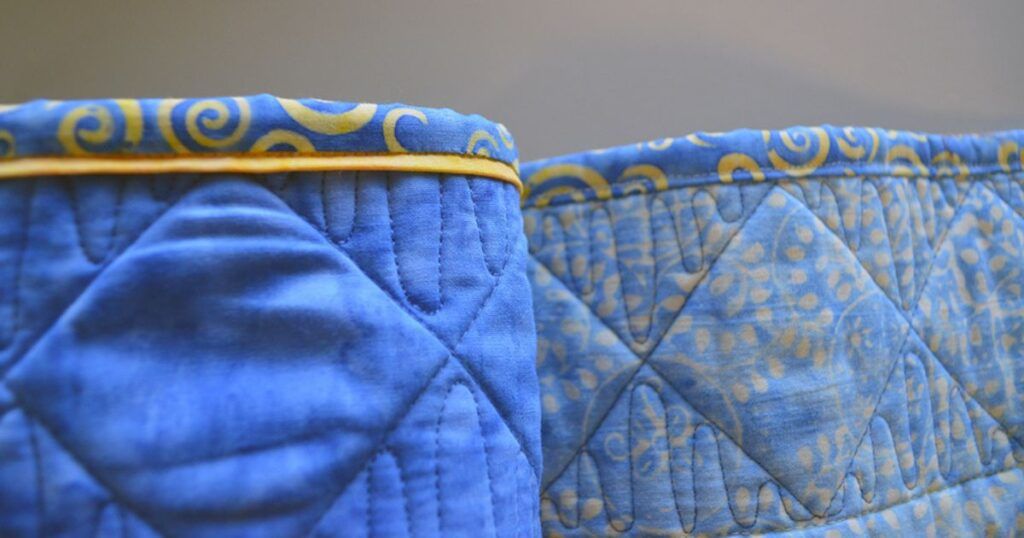
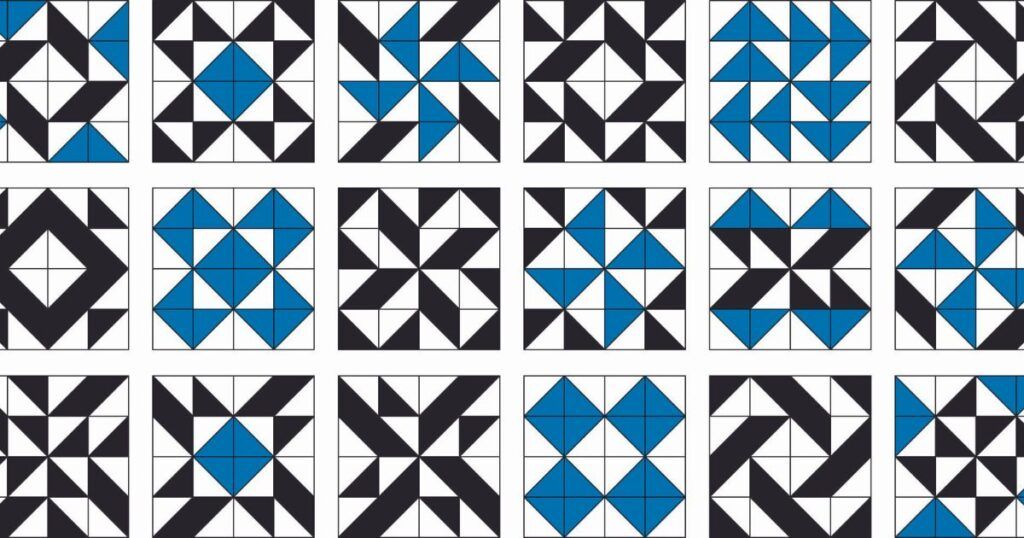
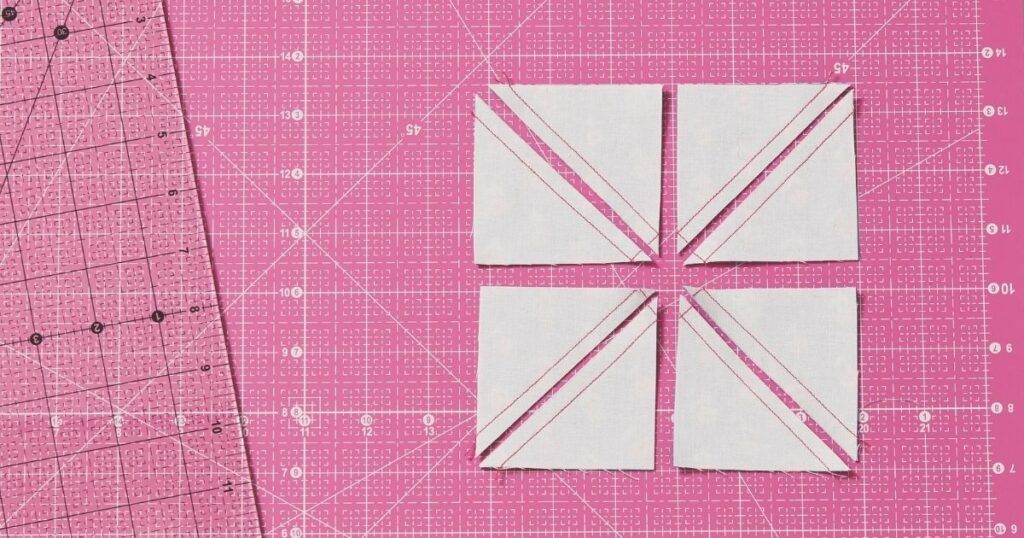
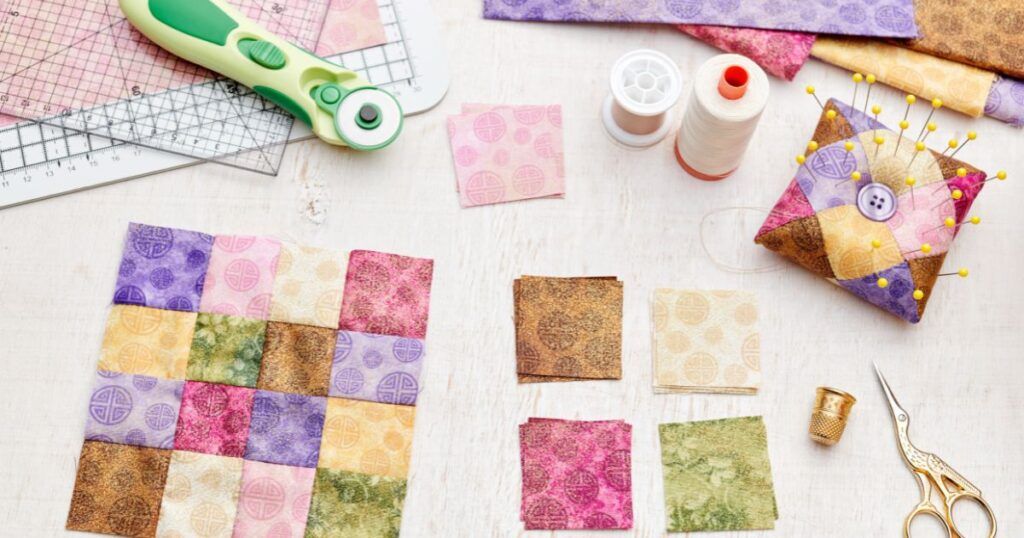
Join the Conversation!